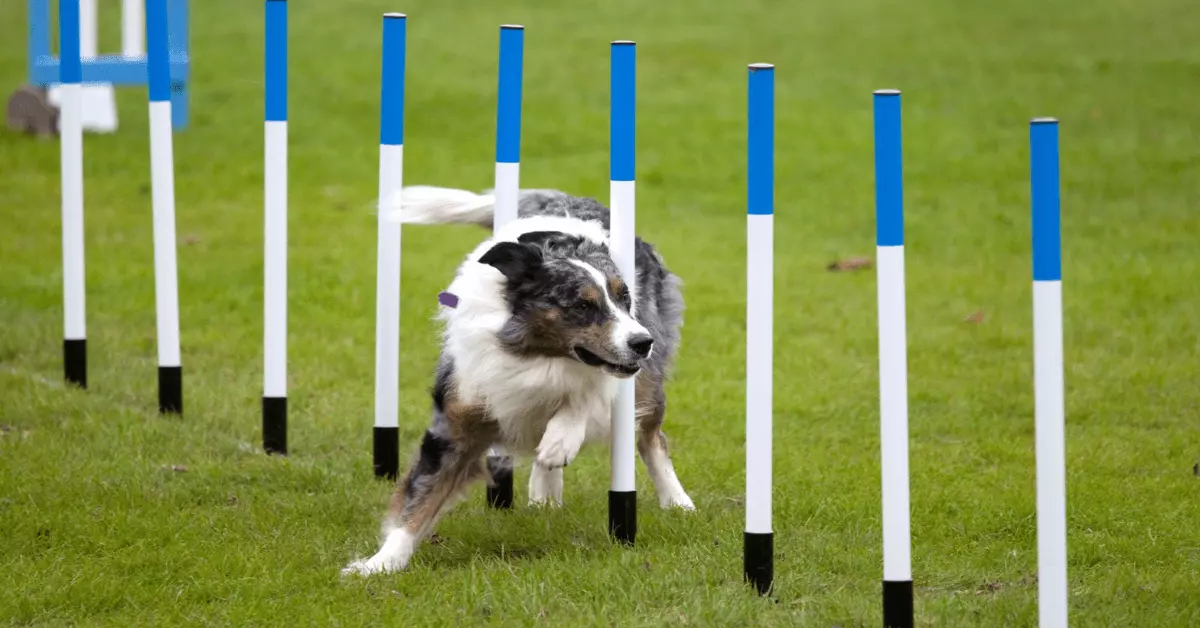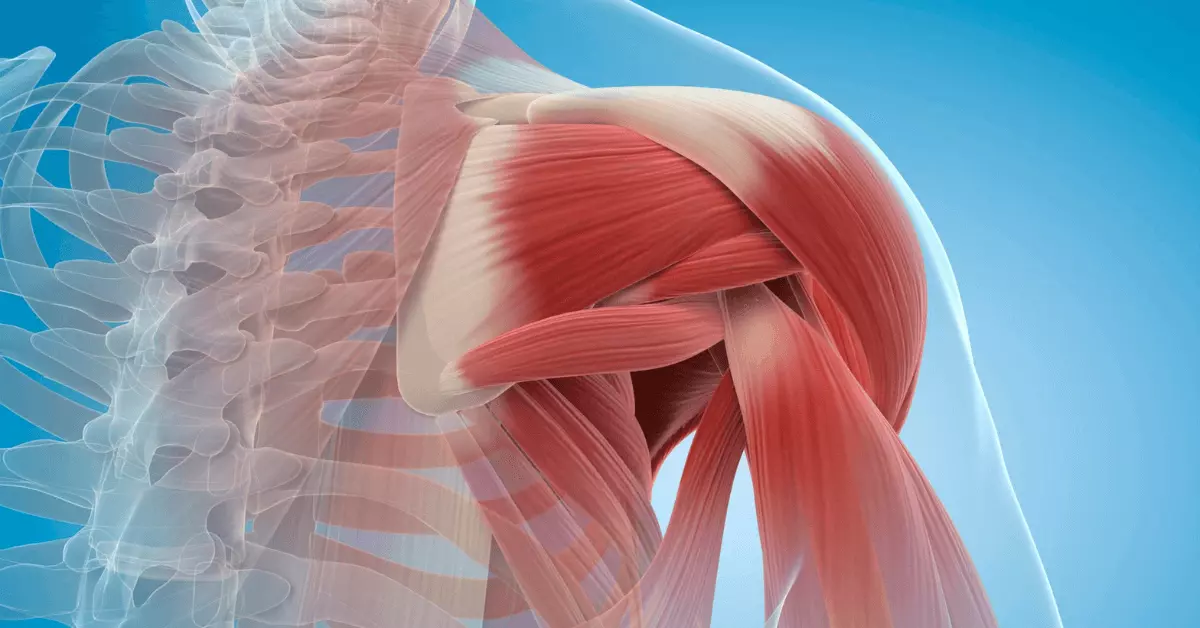Get ready to kick off winter with 7 Bamboos RFC!…

How to Improve Your Speed and Agility
“As an athlete, I used my speed, agility and quickness to go out and play against the big guys.” Michael Chang
In rugby sevens, speed and agility win games and tournaments.
Once you break the gain line and have enough “gas in the tank”, the likelihood is that you score a try.
Whereas in 15s players often face another line of defense or at least another defender (usually the fullback or a winger) after crossing the gain line, 7s is all or nothing.
Nonetheless, explosive speed and agile movements are the keys to success in any sport and it’s more than ever the decisive factor, no matter which game and position.
Athletes who are lightning-fast are usually in top shape and excel at their sport. Additionally improving your agility, will take you to the next level of athleticism and fitness.
What is speed and agility?
Speed

This category describes how fast you can run in a straight line. Although we do move our arms and legs as we run, the speed at which you can move each one is not the main determiner of your top speed. Research shows that ground force is more important.
Agility

The ability to pivot and make a sudden change of direction is called agility. Sprinting may be important for soccer players and football players, but sudden changes in direction are needed for almost all team sports athletes from basketball players to volleyball players.
The key benefits of performing regular Speed and Agility Routines
Reduce the risk of injury
Athletes are more likely to get injured if they don’t have good coordination and balance.
Agility training strengthens exactly those two core areas. Many avoidable sports-related injuries occur when our body falls out of alignment while we are in the middle of dynamic motion (i.e. jumping, running, or lifting).
Increased athleticism
Speed and agility training increases your functional core strength, dynamic flexibility, control and balance. All of these different functions work together and make athletes overall more athletic. In just about every sport, athleticism is needed to excel, and speed and agility training helps athletes enhance their performance.
Agility helps the body to maintain proper alignment and posture
Agility drills encourage our bodies to learn how to maintain correct body placement.
With proper agility training, sensitive areas such as the lower back, shoulders, and ankles are protected while moving quickly.
Increases heart rate and blood circulation

When you perform intense speed and agility training the heart requires to pump more blood through the body reaching all the muscles. These “bursts” help to increase the heart rate and blood circulation.
Enhances coordination
The skill of coordinated movement is vital for sports and everyday life, as it involves controlling, coordinating, and avoiding effort.
The importance of maintaining a healthy and mobile body can be appreciated by anyone, regardless of whether you are a professional athlete.
Reduces muscle recovery times

During muscle recovery, your body rebuilds and recovers your muscles after a workout or sports activity.
Training harder, reducing injuries, and being ready to play on game day will be easier with a shorter recovery time.
As a result of speed and agility training, stronger muscles and improved blood circulation will prevent other muscle groups from being overused and fatigued, allowing them to recover more quickly.
Prevents weight loss plateaus and burnout
Agility and speed training routines offer a wider variety of workouts and drills.
This changes which muscles are working so the muscles develop in a more balanced way.
They help to prevent mental boredom and burnout by keeping your mind more interested and focused on new routines.
As an added bonus, speed and agility workout routines are excellent fat burners that help you surpass weight loss plateaus.
Improves focus and connection between the mind and body

Since agility and speed drills are executed at a quick pace, they train you to stay present and entirely focused on the task at hand.
This is a skill that defines the greatest athletes.
Improves balance and reaction times
Speed and agility drills develop all motor skills, including balance and reaction, by fine-tuning the coordination between your brain, nervous system, and muscles. Enhanced focus and concentration, strengthen balance, and quickens reaction times.
How to Get Started with Speed and Agility Routines
A word of warning. Never jump into speed and agility drills cold! Before getting into your chosen drills, it’s important to warm up.
Begin with some basic cardio on a treadmill, running laps, or on the bike for a minimum of 5 minutes to increase your heart rate.
Next, do some dynamic stretches and multi-directional movements that increase your range of motion in preparation for your planned drills.
Then, continue warming up with plyometric exercises. Plyometric exercises involve dynamic movements like skipping, hopping, jumping jacks, lateral jumping, burpees, jump squats, and high knees.
These are all excellent strength exercises to prepare for the explosive movements involved in the more elaborate speed and agility routines.
Begin slowly, both on that day and with your choice of routines. If you’re new to speed and agility training, keep it simple and put more focus on form and posture. Work to excel at your drills before graduating to more challenging routines.
The following are six of the best speed and agility drills, listed from simplest to most advanced. Remember to vary the combination of drills to keep it fun, and engaging, and to avoid burnout.
High-Knee Forward Running Drills
Why it’s so good: If increasing speed is your priority, then you’ll love this drill. The high-knee exercise is one of the most popular speed exercises with field sport athletes and sprinters because it improves stride length and foot coordination.
How to execute: Run with knees up high forward as quickly. This drill may seem simple, but it’s critical to maintain proper form by landing on the balls of your feet and slightly leaning forward.
Lateral Running, Side-to-Side Drills
Why it’s so good: Athletes benefit from lateral running drills, but they are essential for the court-sport athlete as they improve both knee and ankle stability.
How to execute: One at a time, step both feet between each rung of the ladder. Be sure to keep your knees bent and maintain a low center of gravity as you step quickly, side-to-side through the ladder. Aim to land on the balls of your feet. Start by running from right to left and then repeat going from left to right, while maintaining proper form.
Dot Drills
Why it’s so good: The dot drill builds agility, leg strength, and explosive speed. It improves knee and ankle strength, which is crucial for stability in field sports, racket sports, soccer, and basketball. The dot drill routine also trains you to switch directions rapidly and smoothly.
How to execute: Place five dots on the ground in the formation of an X — two on each side and one in the middle. Jump from dot to dot with both feet at once. After you’re warmed up, you can make it more challenging by doing one-foot hopping. Also, this is a fun drill to experiment with a variety of jumping patterns to keep it challenging.
Shuttle Runs
Why it’s so good: The shuttle run drills are an indispensable agility training exercise for athletes that play high-intensity sports with frequent stop-and-go like soccer, hockey, and basketball. Building speed, agility, and endurance, shuttle runs are quite an effective fat-burning exercise, too.
How to execute: Set your training area with two markers about 25 yards apart from each other. Sprint, with explosive speed, from one marker to the other and back again. Repeat six to eight times. Shuttle runs can be tailored to your sport’s specific needs by switching them up to forward-touch-return runs, forward-backward runs, and side-to-side runs.
L Drills
Why it’s so good: L Drills, also known as Cone Drills, is popular with coaches and professional trainers for perfecting quick changes of direction with speed and ability. It’s a chosen drill for the yearly NFL Combine to test football players’ agility and explosiveness.
How to execute: Place one cone down and walk forward 5 yards to place down the second. From the second cone, walk either to the left or the right 5 yards and place the third cone there. Standing at the first cone, it should look like a large L shape.
Beginning on the outside of the first cone in the three-point stance starting position, sprint forward 5 yards, maintaining medium speed control and a low center of gravity. Touch the line at the center cone. Then immediately sprint back to the first cone and touch the starting line with the same hand. Then turn around and sprint back around the center cone, planting off your inside foot for a sharp turn. Figure eight around the last cone, planting your inside foot again.
Make a sharp turn around the second cone, again turning on your inside foot, and sprint back to the starting cone. Repeat three to five times. Be sure to practice with the third cone placed both to the right and to the left of the second cone to alternate turning directions.
Backpedal Sprints
Why it’s so good: Backpedal sprints are for the more advanced agility trainer, as they take a lot of precise skill and strength. This popular drill strengthens the leg muscles, increases speed, and hones the crucial skill of backward running needed for specific sports like basketball, baseball, and soccer.
How to execute: To set up, create a start and finish line that’s several paces apart. From the start, sprint forward to the finish, abruptly stop and then backpedal as quickly as you can back to the starting line. Backpedal sprint with explosive starts and fast stops and maintain top speed for the duration of the drill.
If you love a challenge and massive strength building, you can add a long resistance band attached to you with a belt and the other end secured to a fixed object.
Additional Tips for Successful Routines to Increase Speed and Agility
For optimum muscle recovery after the high-intensity training of speed and agility drills, it’s essential to cool down and reduce your heart rate with moderate cardio like some light cycling or walking. Then be sure to stretch thoroughly. If you prefer to keep moving while stretching, try yoga sun salutations which will stretch out all your major muscle groups and slow your heart rate.
Keep your speed and agility routines fresh by varying your drills and trying new patterns. Once you excel at a routine, level up to a more advanced one to challenge yourself and stay in top shape.
If you want to get faster and more agile join us this summer.
#speed #training #agility #coaching #fast #quick





